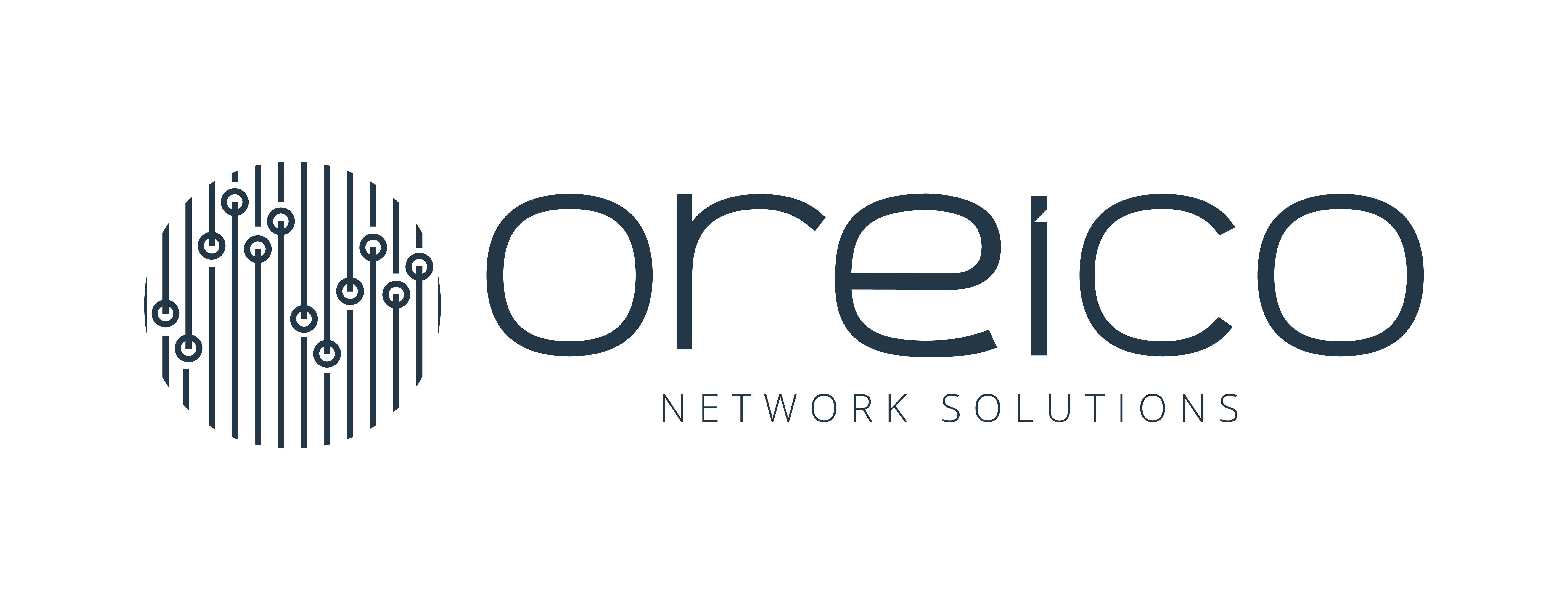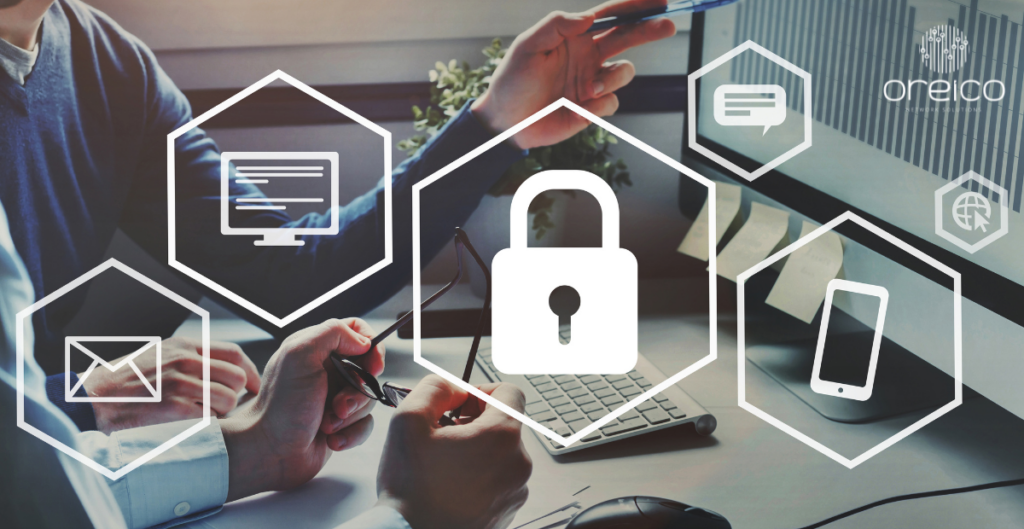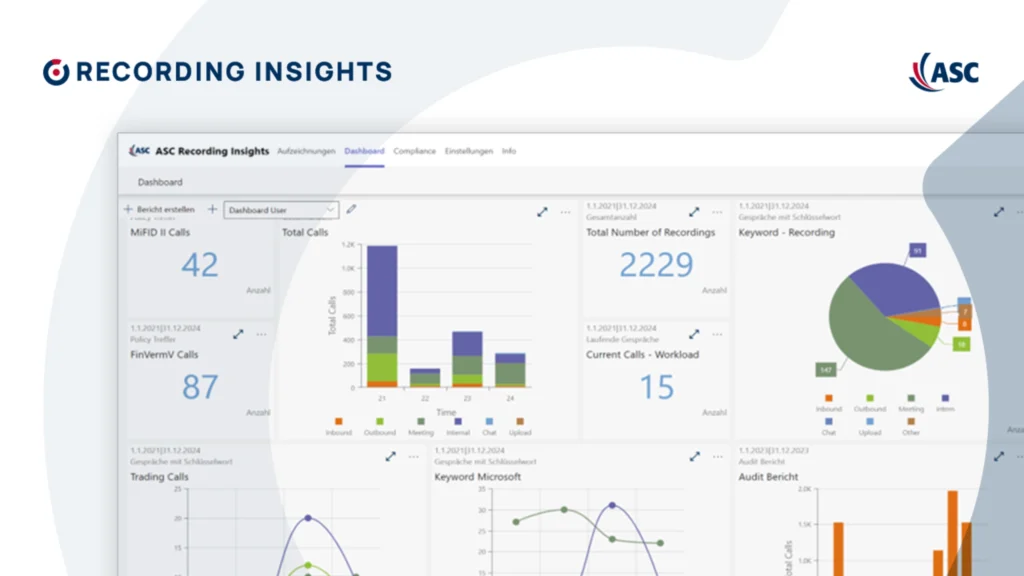Mobile App Penetration Testing Techniques
Mobile App Penetration Testing Techniques https://www.oreico.net/wp-content/themes/corpus/images/empty/thumbnail.jpg 150 150 Carla Gandara https://secure.gravatar.com/avatar/6dbbd915d870ae4565e62b8b0322fca753987a2f10de2330ff740a6a116eff83?s=96&d=mm&r=g
The landscape of mobile application security testing has evolved significantly with the increasing sophistication of mobile threats. As organizations deploy more critical applications on mobile platforms, comprehensive penetration testing has become essential for identifying and remedying security vulnerabilities.
Understanding Mobile Attack Surfaces
Modern mobile applications present multiple attack vectors that extend beyond the application code itself. The testing scope now encompasses client-side storage, network communications, server APIs, and platform-specific security controls. Recent statistics indicate that 85% of mobile apps contain at least one critical vulnerability that could lead to data breaches.
Static Analysis Techniques
Static Application Security Testing (SAST) has evolved to detect vulnerabilities in both native code and cross-platform frameworks. Modern tools employ machine learning algorithms to identify potential security issues with greater accuracy, reducing false positives by up to 60% compared to traditional methods.
Decompilation and code analysis now reveal sensitive information exposure, hardcoded credentials, and insecure data storage practices. Testers utilize advanced binary analysis tools to examine compiled applications, identifying vulnerabilities that might not be apparent in source code review.
Dynamic Analysis Approaches
Dynamic testing involves analyzing applications during runtime, focusing on:
– Authentication and authorization bypass attempts
– Session management vulnerabilities
– Data leakage during runtime
– Inter-process communication security
Modern dynamic analysis tools can automatically map application functionality and identify potential entry points for attacks. Runtime instrumentation allows testers to monitor application behavior and identify security issues that only manifest during specific usage scenarios.
Network Layer Testing
Mobile apps frequently communicate with backend services, making network security testing crucial. Modern approaches include:
– API security assessment using automated fuzzing tools
– Man-in-the-Middle (MITM) attack simulation
– Certificate pinning validation
– Network traffic analysis in various network conditions
Organizations now employ automated tools that can simulate thousands of network-based attacks simultaneously, significantly reducing testing time while improving coverage.
Platform-Specific Security Controls
iOS and Android platforms implement different security models, requiring specialized testing approaches:
For iOS:
– Jailbreak detection bypass assessment
– Keychain security analysis
– App data isolation testing
– Extension vulnerability assessment
For Android:
– Root detection evaluation
– Intent handling security
– Permission model testing
– Backup/restore security validation
Advanced Testing Methodologies
Modern penetration testing incorporates automated and manual techniques:
1. Automated vulnerability scanning using specialized mobile testing frameworks
2. Manual code review focusing on business logic vulnerabilities
3. Reverse engineering to understand protection mechanisms
4. Social engineering simulation targeting mobile users
Emerging Challenges and Solutions
The rise of cross-platform development frameworks has introduced new security considerations. Testers must now validate security controls across multiple platforms while considering framework-specific vulnerabilities. Cloud-based mobile testing platforms have emerged, offering scalable testing environments and automated analysis capabilities.
Security Testing Integration
Organizations increasingly integrate mobile app security testing into their CI/CD pipelines, enabling:
– Automated security scanning during builds
– Continuous vulnerability assessment
– Real-time security feedback to developers
– Compliance validation before deployment
Best Practices and Recommendations
Successful mobile app penetration testing requires:
1. Comprehensive test planning covering all attack surfaces
2. Platform-specific testing approaches
3. Automated and manual testing combination
4. Regular security assessment updates
5. Clear vulnerability reporting and remediation guidance
The Future of Mobile App Security Testing
As mobile applications continue to evolve, security testing must adapt to new challenges:
– Testing for emerging technologies like AR/VR components
– IoT device integration security
– 5G network security implications
– Advanced biometric authentication testing
The complexity of mobile app security testing will continue to increase as applications become more sophisticated and integrate with more services and technologies. Organizations must maintain robust testing programs to ensure their mobile applications remain secure against evolving threats.











